15 years one-stop China custom CNC machining parts factory

Hey there I’m VMT Sam!
With 25 years of CNC machining experience we are committed to helping clients overcome 10000 complex part-processing challenges all to contribute to a better life through intelligent manufacturing. Contact us now
 109 |
Published by VMT at May 10 2024
109 |
Published by VMT at May 10 2024
The journey from prototype design to CNC machining production in the realm of CNC machined parts manufacturing is a complex and intricate process. This article provides a detailed analysis of this process, aiding readers in comprehending how to efficiently and accurately realize the transition from concept to physical entity, while also addressing common challenges encountered along the way.
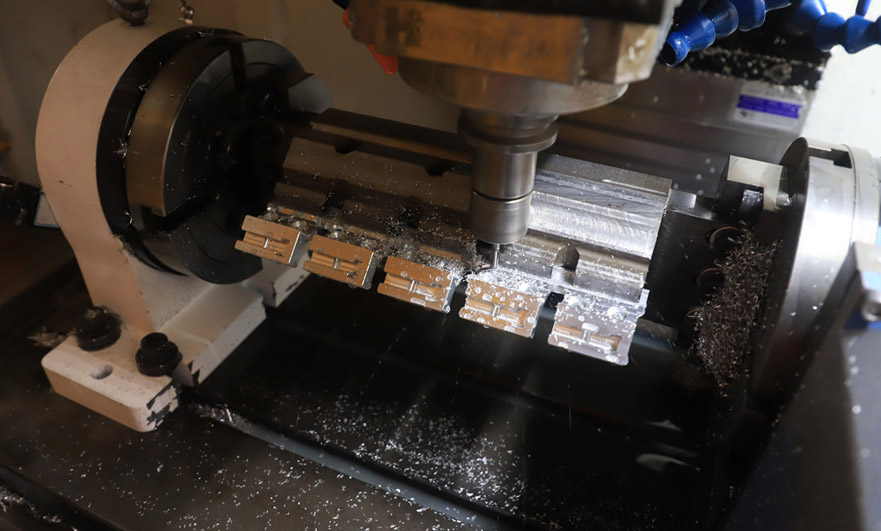
Creating CNC Machining Prototypes
Prototyping is a pivotal stage in product development, allowing for the discovery and resolution of potential design issues before full-scale production.
Concept Prototype Design:
The concept prototype represents the initial idea of the product, focusing primarily on its overall layout and functional aspects. Designers use hand-drawn sketches or 3D modeling software to illustrate the general form and functionality of the product, providing direction for further design iterations.
Feature Prototype Design:
The feature prototype delves deeper into specific functionalities of the product. At this stage, designers concentrate on detailed design aspects such as structure, materials, and connection methods to ensure the realization of product functionality.
Evolutionary Prototyping:
Evolutionary prototyping involves iterative refinement of the product based on feedback from previous stages. Through multiple iterations, designers gradually enhance the design, improving product performance and user experience.
Effective time management is crucial during prototype creation to ensure smooth progress and ample preparation for subsequent production phases.
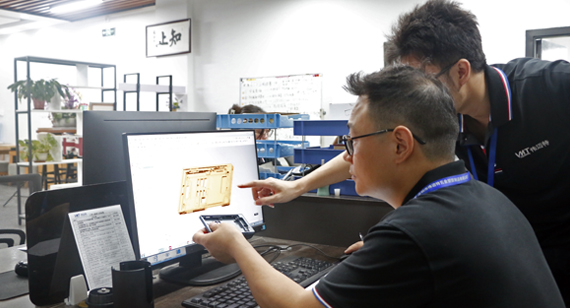
Market Research and Product Testing
Following prototype design completion, market research and product testing are essential to understand market demands and feedback.
Transition to Small Batch Production:
Upon confirming the feasibility of the product design, it transitions from prototyping to small batch production. This phase aims to validate production processes and quality control measures in preparation for full-scale production.
Preparation of Design Blueprint Files:
Design blueprint files serve as crucial references for CNC machining production. When preparing these files, it is essential to ensure their accuracy and completeness to facilitate subsequent manufacturing processes.
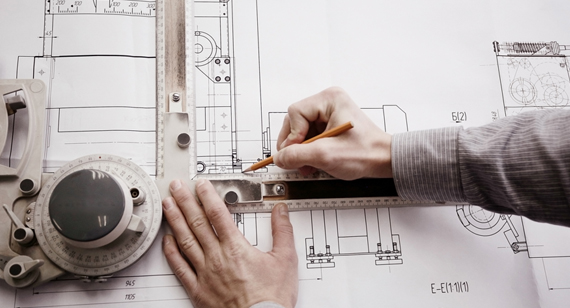
Design for Manufacturing (DFM) Analysis: Design Adjustments
DFM (Design for Manufacturing) analysis evaluates the manufacturability of product designs. Through DFM analysis, potential manufacturing issues are identified, allowing for adjustments to enhance manufacturability and production efficiency.
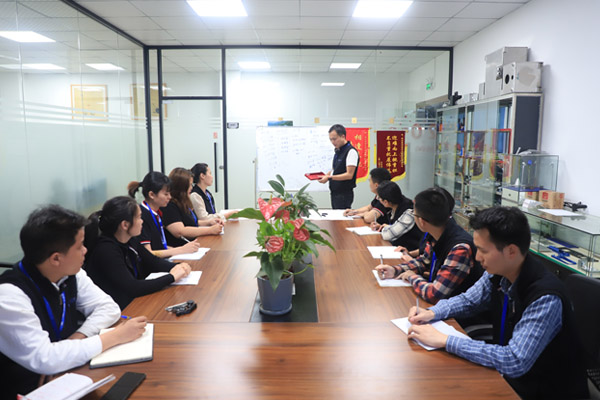
Quotation: Manufacturing Budget
Based on design blueprint files and DFM analysis results, the manufacturing budget for the product can be calculated, providing clients with accurate quotations.
CNC machining production is a critical phase in realizing the transition from design to physical product. During this stage, appropriate CNC machining equipment and processes are selected to ensure product accuracy and quality.

Quality Inspection: Reliability Testing
Quality inspection is essential to ensure product quality. Upon completion of CNC machining production, reliability testing is conducted to verify that the product meets design and market requirements.
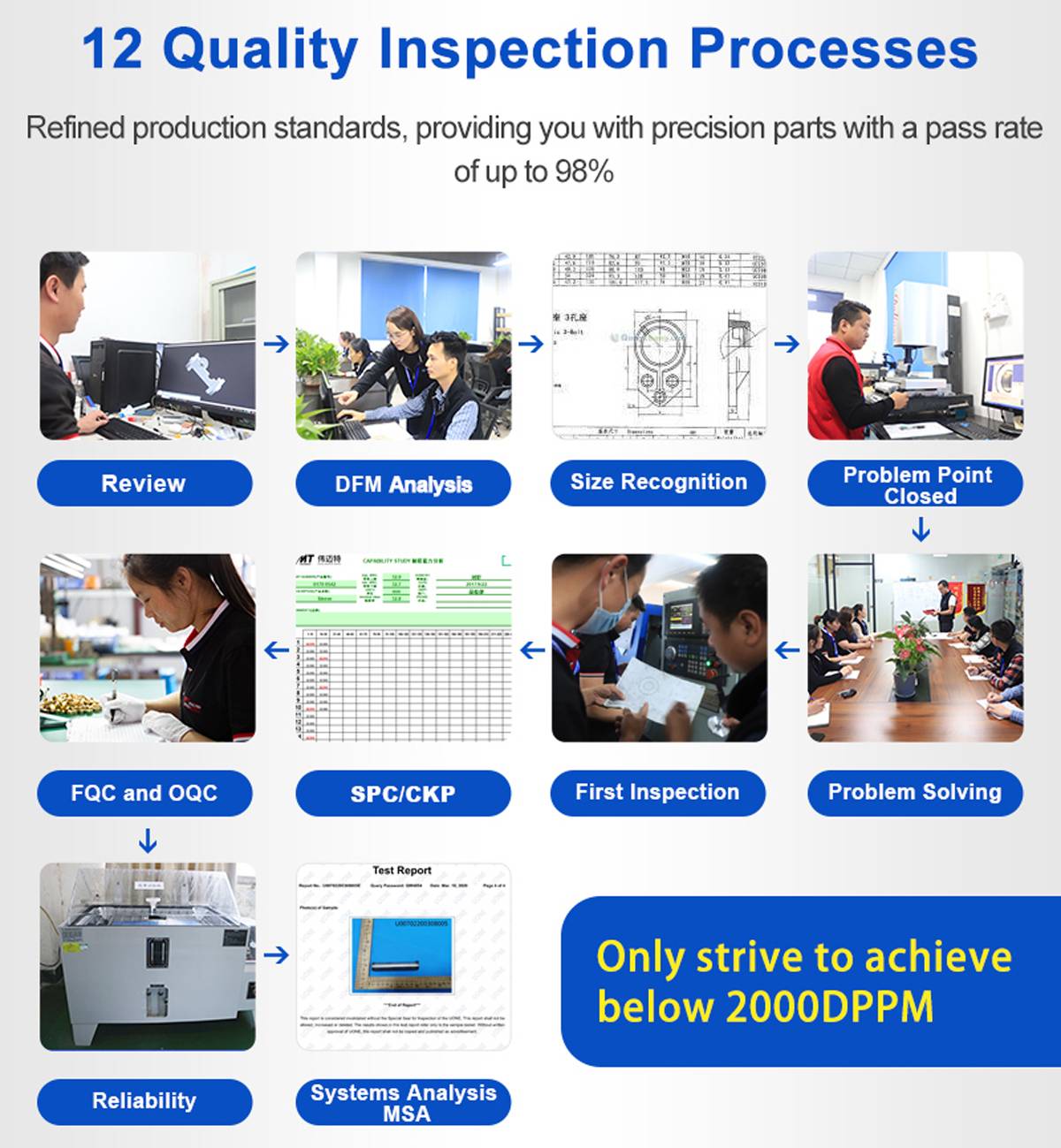
Ideal Delivery Time
Reasonable delivery time is essential for meeting customer needs and enhancing customer satisfaction. Delivery time is planned based on production schedules and customer requirements to ensure timely product delivery.
Product Launch
Once products pass quality inspection and meet delivery requirements, they are officially launched and introduced to the market.
Conclusion
The process from prototype to CNC machining production is a systematic endeavor that demands a high level of professionalism and precision at each stage. Through well-planned prototype design, market research, product testing, and production processes, we can ensure a smooth transition from concept to physical product and provide clients with high-quality CNC machining services.
Frequently Asked Questions (FAQs) on Prototype to CNC Machining Production (Q&A)
Question 1: How to choose suitable CNC machining equipment?
Answer: Selecting suitable CNC machining equipment requires comprehensive consideration of factors such as product materials, dimensions, and precision requirements. Additionally, equipment performance, stability, and maintenance costs must be taken into account to ensure smooth production processes.
Question 2: How to optimize CNC machining process workflows?
Answer: Optimizing CNC machining process workflows can be achieved through various means, including sequencing machining operations, reducing unnecessary steps, and optimizing cutting parameters. Furthermore, advanced CNC programming software and simulation technologies can be leveraged for precise process simulation and optimization.
Question 3: How to ensure the quality of CNC machined parts?
Answer: Ensuring the quality of CNC machined parts requires multifaceted control measures, including strict adherence to design blueprint files during machining, enhanced quality inspection and reliability testing, and real-time monitoring of machining processes. Additionally, strengthening employee training and technical exchange is vital for improving skill levels and quality awareness.
By addressing the above questions, we can better understand and resolve potential issues encountered during the prototype to CNC machining production process, thereby enhancing production efficiency and product quality.
Ready To Start Your Next Project?
Get Instant Quote

Request a Free Quote
Send us a message if you have any questions or request a quote. We will get back to you ASAP!